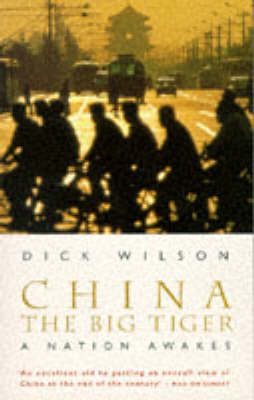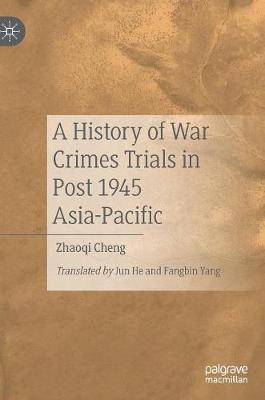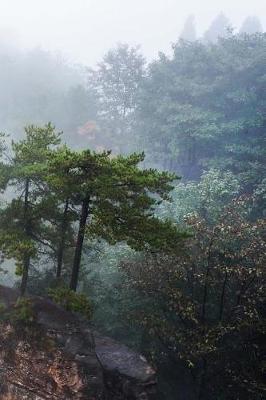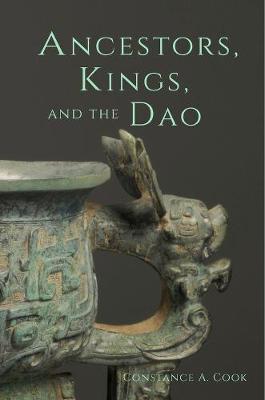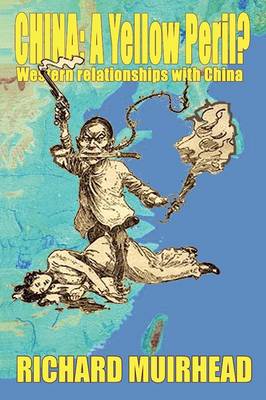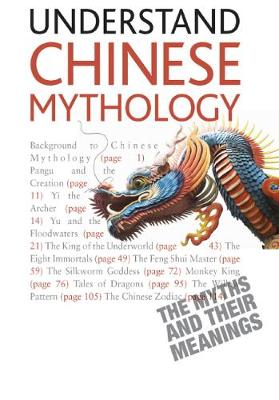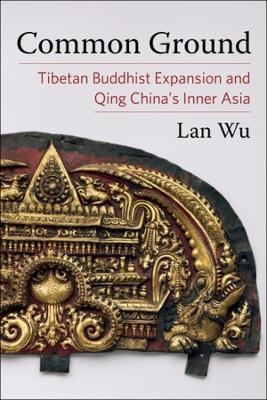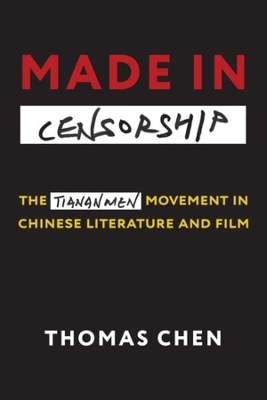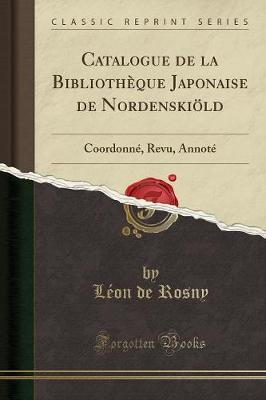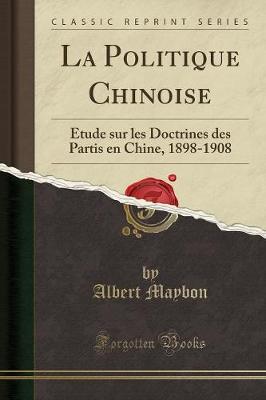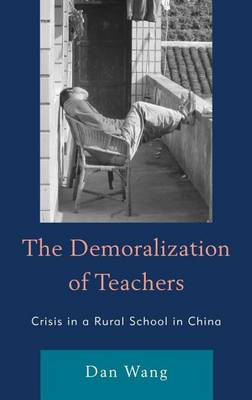It has been difficult to obtain a coherent and sensible picture of China and its development. There were many exaggeratedly gloomy or optimistic scenarios in the past, and now positive reports of economic and trade growth seem counterweighed by negative ones of political repression. The scenes witnessed on television of Tiananmen Square in 1989 have remained a lasting and potent impression of China in many Westerner's memories. Subsequently, it has been a complex task to grasp a unifying sense o...
Transition Towards Post-Deng China
This volume features the perspective of a new generation of younger China scholars, men and women who themselves grew up in China, but earned their PhDs overseas.
Written by the Director of the Tokyo Trial Research Centre at China's Shanghai Jiao Tong University, this book provides a unique analysis of war crime trials in Asia-Pacific after World War II. It offers a comprehensive review of key events during this period, covering preparations for the Trial, examining the role of the War Crimes Commission of the United Nations as well as offering a new analysis of the trial itself. Addressing the question of conventional war crimes, crimes against humanity,...
Remaking Citizenship in Hong Kong: Community, Nation and the Global City (Routledgecurzon Studies in Asia's Transformations)
by Agnes S Ku
Central Asia in World History (New Oxford World History)
by Peter B. Golden
A vast region stretching roughly from the Volga River to Manchuria and the northern Chinese borderlands, Central Asia has been called the "pivot of history," a land where nomadic invaders and Silk Road traders changed the destinies of states that ringed its borders, including pre-modern Europe, the Middle East, and China. In Central Asia in World History, Peter B. Golden provides an engaging account of this important region, ranging from prehistory to the present, focusing largely on the unique...
Nanjing Massacre: A Japanese Journalist Confronts Japan's National Shame (Studies of the Pacific Basin Institute)
by Honda Katsuichi and Katsuichi Honda
This book is based on four visits to China between 1971 and 1989 by Honda Katsuichi, an investigative journalist for Asahi Shimbun. His aim is to show in pitiless detail the horrors of the Japanese Army's seizure and capture of Nanjing in December 1937. Unvarnished accounts of the testimony - Chinese victims and Japanese perpetrators - to the rape and slaughter are juxtaposed with public relations announcements of the Japanese Army as printed in various Japanese newspapers of the time. The bland...
Ancestors, Kings, and the Dao (Harvard-Yenching Institute Monograph)
by Constance A. Cook
Ancestors, Kings, and the Dao outlines the evolution of musical performance in early China, first within and then ultimately away from the socio-religious context of ancestor worship. Examining newly discovered bamboo texts from the Warring States period, Constance A. Cook compares the rhetoric of Western Zhou (1046-771 BCE) and Spring and Autumn (770-481 BCE) bronze inscriptions with later occurrences of similar terms in which ritual music began to be used as a form of self-cultivation and educ...
While dragons and Chinese astrology are well embedded in popular culture, many other fascinating Chinese myths remain little-known. In this fascinating and readable new edition, author Te Lin explores the world of Chinese mythology, both telling us the timeless stories, and providing an explanation of what they may mean. A must-read for anyone interested in either Chinese culture, or mythology generally.
The Chinese invented gunpowder and began exploring its military uses as early as the 900s, four centuries before the technology passed to the West. But by the early 1800s, China had fallen so far behind the West in gunpowder warfare that it was easily defeated by Britain in the Opium War of 1839-42. What happened? In The Gunpowder Age, Tonio Andrade offers a compelling new answer, opening a fresh perspective on a key question of world history: why did the countries of western Europe surge to glo...
Common Ground (Studies of the Weatherhead East Asian Institute, Columbia University)
by Lan Wu
The Qing empire and the Dalai Lama-led Geluk School of Tibetan Buddhism came into contact in the eighteenth century. Their interconnections would shape regional politics and the geopolitical history of Inner Asia for centuries to come. In Common Ground, Lan Wu analyzes how Tibetan Buddhists and the Qing imperial rulers interacted and negotiated as both sought strategies to expand their influence in eighteenth-century Inner Asia. In so doing, she recasts the Qing empire, seeing it not as a monoli...
The violent suppression of the 1989 Tiananmen Square demonstrations is thought to be contemporary China’s most taboo subject. Yet despite sweeping censorship, Chinese culture continues to engage with the history, meaning, and memory of the Tiananmen movement. Made in Censorship examines the surprisingly rich corpus of Tiananmen literature and film produced in mainland China since 1989, both officially sanctioned and unauthorized, contending that censorship does not simply forbid—it also shapes w...
Catalogue de la Bibliothèque Japonaise de Nordenskiöld
by Leon De Rosny
During the first decade of the twenty-first century, worker resistance in China increased rapidly despite the fact that certain segments of the state began moving in a pro-labor direction. In explaining this, Eli Friedman argues that the Chinese state has become hemmed in by an "insurgency trap" of its own devising and is thus unable to tame expansive worker unrest. Labor conflict in the process of capitalist industrialization is certainly not unique to China and indeed has appeared in a wide ar...
The Demoralization of Teachers (Emerging Perspectives on Education in China)
by Dan Wang

